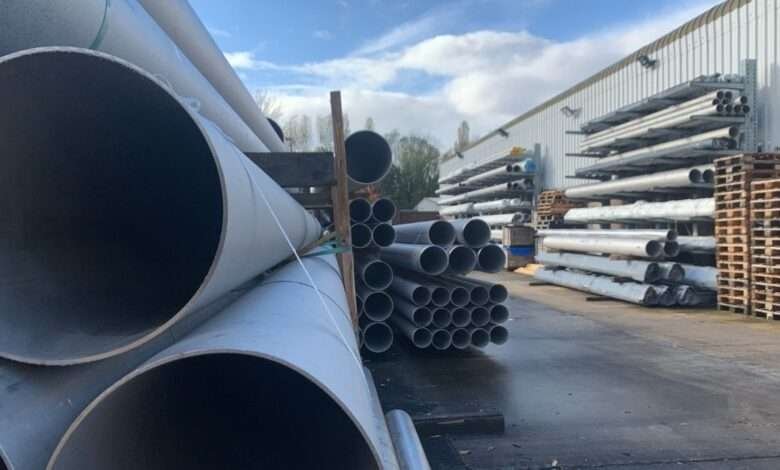Understanding Different Standards for Steel Pipes

Steel pipes are fundamental components in various industries, from construction and infrastructure to manufacturing and energy.
Due to their critical role in these sectors, steel pipes must meet specific standards to ensure reliability, safety, and efficiency. UNIASEN provides steel pipes of different standards, with engineering projects at home and abroad.
This article explores the different standards applied to steel pipes, explaining their significance, differences, and applications to help professionals make informed decisions.
Introduction
Steel pipe standards are crucial for ensuring the quality and performance of pipes used across various applications.
These standards are not only about dimensions and sizes but also about the composition, strength, and suitable usages of the pipes.
Understanding these standards can significantly impact project success and compliance.
Common Steel Pipe Standards
1. ASTM International Standards
Overview
ASTM International is one of the largest voluntary standards developing organizations in the world.
It provides a wide range of specifications for the manufacturing, testing, and application of steel pipes.
Key ASTM Standards
- ASTM A53: Covers seamless and welded black and hot-dipped galvanized steel pipe. It is used for transmitting water, gas, and vapor.
- ASTM A106: Pertains to seamless carbon steel pipe for high-temperature service. Ideal for flanging, bending, and similar forming operations.
- ASTM A500: Standard specification for cold-formed welded and seamless carbon steel structural tubing in rounds and shapes.
2. API (American Petroleum Institute) Standards
Overview
API standards are specifically designed for the oil and natural gas industry, ensuring safety, reliability, and sustainability in petroleum development and production.
Key API Standards
- API 5L: Specifies requirements for the manufacture of two levels—PSL1 and PSL2—of seamless and welded steel pipe. It is commonly used for pipelines that transport oil, natural gas, and water.
3. ANSI (American National Standards Institute) Standards
Overview
ANSI oversees the creation, promulgation, and use of thousands of norms and guidelines that directly impact businesses in nearly every sector, including steel piping.
Key ANSI Standards
- ANSI/ASME B36.10M: Covers the standardization of dimensions of welded and seamless wrought steel pipe for high or low temperatures and pressures.
Importance of Steel Pipe Standards
Consistency
Standards ensure that steel pipes are manufactured with consistent quality and specifications, which is crucial for matching pipes from different batches or manufacturers.
Safety
By adhering to strict standards, manufacturers ensure that steel pipes can safely withstand the operational stresses and environmental conditions they will be subjected to.
Efficiency
Using standardized pipes simplifies the design and construction processes, as engineers and architects can plan projects with precise specifications in mind.
Global Standards for Steel Pipes
While many countries might adopt ASTM or ANSI standards, other regions operate under different sets of standards, which may vary slightly or significantly in their requirements.
European Standards
- EN 10219: This standard covers cold-formed welded structures made of non-alloy and fine grain steels. It is analogous to ASTM A500 in purpose.
Japanese Standards
- JIS G3452: Specifies the requirements for carbon steel pipes used in the piping for conveying steam, water, oil, gas, air, etc.
Conclusion
Choosing the correct steel pipe standard is crucial for ensuring that projects meet regulatory requirements and achieve desired levels of performance and safety.
For businesses and professionals in industries that rely on steel pipes, understanding these standards is not merely an academic exercise but a practical necessity. Click to view more steel pipe standards.
Whether it is for construction, manufacturing, or energy transmission, selecting the right standard for steel pipes will lead to more successful and sustainable outcomes.



